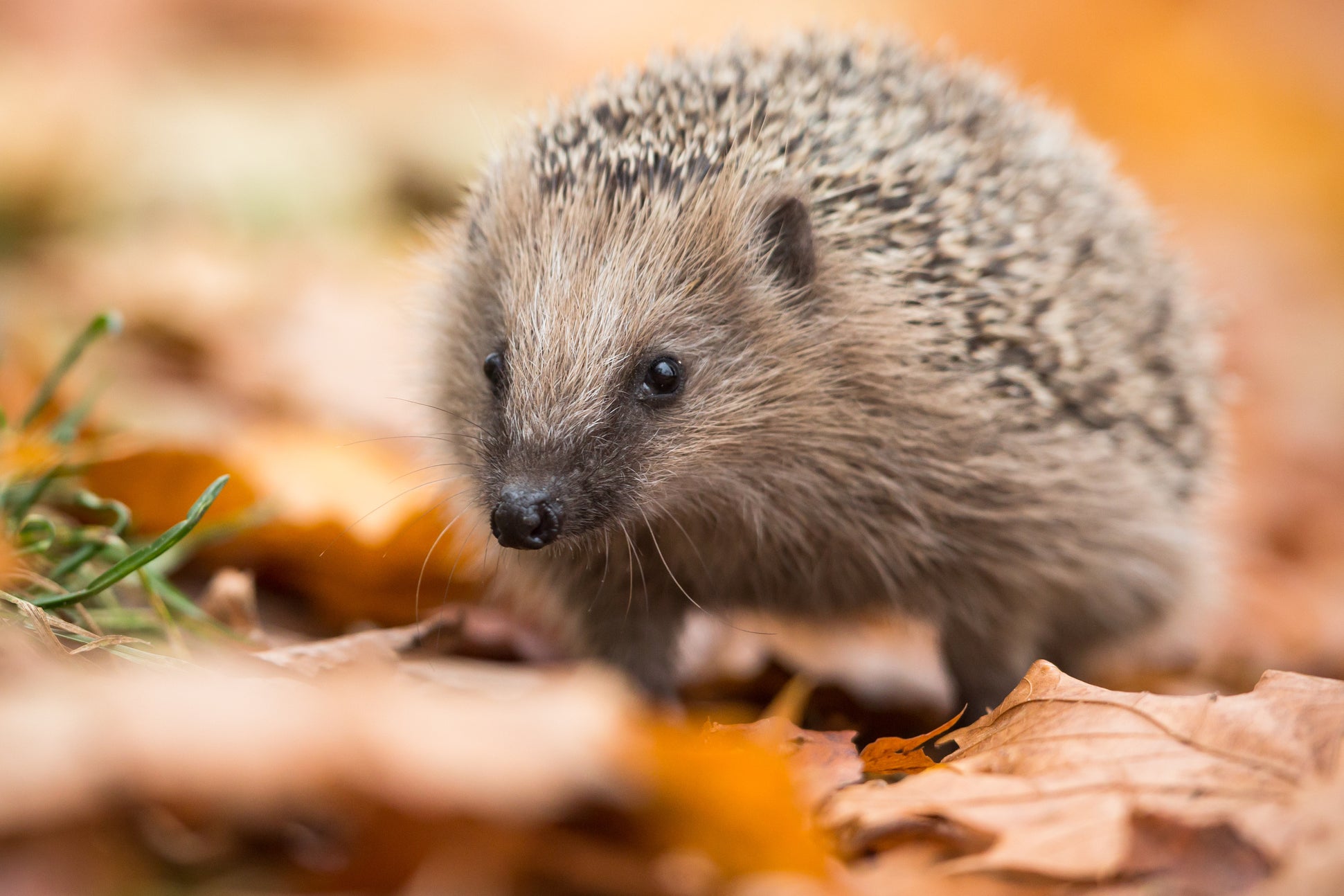The Independent's journalism is supported by our readers. When you purchase through links on our site, we may earn commission.
How to protect wildlife in your garden, from hedgehogs to frogs
Learn all about looking after the birds and the bees

If your home has a garden in your home, then there’s a strong chance that you may play host to a number of unexpected visitors from time to time.
Usually if you find various wildlife creatures in your garden, this means that your property has provided them with a very hospitable environment.
Discovering a hedgehog chilling in the bushes or a frog hiding among the blades of grass is no cause for concern.
It was recently reported that the numbers of hedgehogs found in rural areas had plummeted drastically, which is why providing them with protection and care if you come across them is important.
Furthermore, pesticides are posing a great risk to bees, with the honey-loving insects becoming "addicted" to the harmful chemicals.
From the birds to the bees, here’s how you can protect the wildlife that you find in your garden:
Hedgehogs
If you find a hedgehog in the garden, then a nice thing to do is to create a home for them among the foliage.
The RSPCA recommends leaving certain parts of your garden “wild” by forming piles of leaves and logs that the hedgehogs can use to nest in.
Furthermore, these areas may also attract other kinds of creatures, such as slugs and beetles, that the hedgehogs can then feed on.
While hedgehogs can find food for themselves, you can also leave out shop-bought foods such as tinned dog or cat food or crushed pet biscuits for them to snack on.
St Tiggywinkles, a British animal welfare charity and veterinary hospital, also suggests leaving out bowls of water for the hedgehogs to drink.
However, it’s important to note that hedgehogs shouldn’t be given milk or bread.
If you have drains or holes in your garden or a body of water like a pond or a swimming pool, it’s advised that you cover them so that the hedgehogs don’t accidentally fall in.
Using poisonous products like slug pellets can put the lives of hedgehogs at risk, so it’s suggested that you find a natural alternative if necessary.
If you have a pet and are afraid that they may injure the hedgehogs that are in your garden, Hedgehog Street states that you should try to warn the hedgehogs before your pets go outside.
You can do this by turning on an outside light before you let out your pet, keeping your pet on a lead or making a note of the daily routine of the hedgehogs and keeping your pet inside when the hedgehogs are out and about.
Frogs
Froglife, an organisation that looks after the conservation of amphibians and reptiles, explains that it’s perfectly normal to find frogs in your garden.
“Amphibians spend the majority of their life on land and are often found in gardens, sometimes hundreds of metres from the nearest waterbody,” the organisation states.
“Common frogs are frequently found in urban areas and gardens are an important amphibian habitat in their own right.”
Wildlife Photographer of the Year People’s Choice award
Show all 8While common frogs shouldn’t pose a threat to pets, Froglife warns that pets may experience an allergic reaction if they come into contact with the toxin produced by common toads.
If this occurs, it’s advised that you should take your pet to a vet as soon as possible.
During the winter, frogs and toads will usually take residence in heaps of foliage, under objects found in the garden or at the bottom of a pond.
They can normally take care of themselves without assistance. However, if you have a pond that freezes over during winter, then it may be worth investigating where the frogs or toads found in your garden are spending their time.
Bees
Many people fear coming across bees in the garden, afraid that they’ll be stung if they come too close.
However, bees shouldn’t be removed from the garden. On the contrary, having bees in your garden can prove extremely beneficial for the growth of your plants.
The Royal Horticultural Society explains that bees speed up the process of pollination by gathering nectar and pollen from flowers to feed on and then moving around among different flowers.
Bees aren’t the only insect to carry out pollination.
Other insects that also pollinate flowers include butterflies, moths and flies.
Using pesticides in your garden can pose a risk to bees and other helpful insects.
The RHS proposes using “biological control” to control the quantity of pests in your garden if needs be, which involve releasing organisms such as insect-pathogenic nematodes.
Birds
When you have an outdoor garden, it’s more than probable that you’ll frequently spot a variety of garden birds hanging around or simply passing through.
The birds most likely to frequent your garden include robins, sparrows, starlings and greenfinches, as explained by the Royal Society for the Protection of Birds.
Birds will feel more inclined to visit your garden if there’s food available for them to indulge in, such as fruits and berries.
However, they may also be enticed by bird feeds filled with nutritious bird seed mixtures.
The RSPB recommends avoiding adding seeds such as split peas, beans, and lentils in the mixtures, as these can only be consumed by large species of birds.
You may want to buy a birdbath for your garden that visiting birds can drink from and bathe in.
However, you can also create one yourself by using an object such as a dustbin lid that you’ve stuck firmly in the ground.
Subscribe to Independent Premium to bookmark this article
Want to bookmark your favourite articles and stories to read or reference later? Start your Independent Premium subscription today.



Join our commenting forum
Join thought-provoking conversations, follow other Independent readers and see their replies
Comments